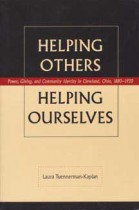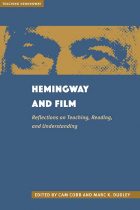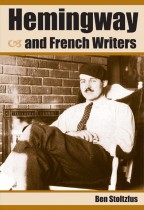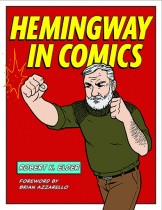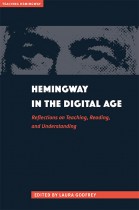Haskell of Gettysburg
Frank L. Byrne and Andrew T. Weaver | Filed under: Civil War Era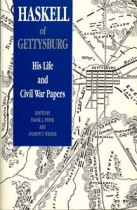
All students of the Civil War are indebted to Frank Haskell for his classic description of the battle of Gettysburg. A lieutenant on the staff of John Gibbon, Haskell stood at the focus of the Confederate assault on July 3, 1863. He wrote of the battle in a letter to his brother. When it came to light after the war it became and remains probably the most read and repeated account of Civil War combat written by a participant. It captures wholly the terrible fascination that the Civil War—and Gettysburg—holds for all Americans.




